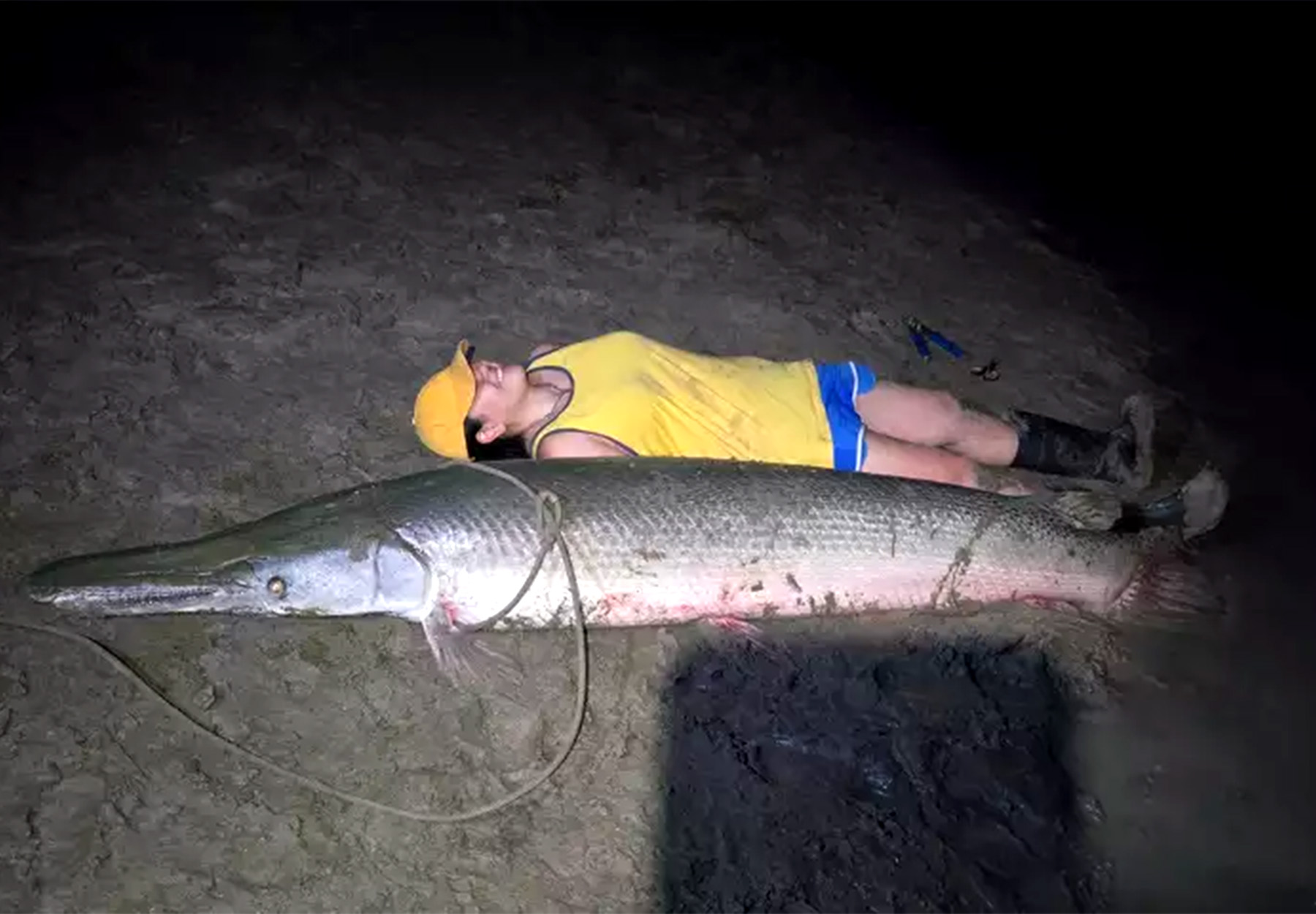Planning a successful elk hunt requires a ton of prep work. A lot of hunters focus on the obvious stuff like fitness and gear, but understanding elk feeding habits should be more than just another task on your to-do list. It’s a key to unlocking their daily movements and patterning their behavior. It can be just as important as honing your shooting skills and preseason scouting. Lke whitetails and other ungulates, elk are largely driven by their bellies. By understanding what foods elk eat (and when), you can plan your hunt more strategically and increase your chances of success. So, what do elk eat? Here’s a handy breakdown.
An Elk’s Diet Is Mostly Vegetation
Like their whitetail cousins, elk are herbivores, meaning they spend their days plowing through Mother Nature’s natural salad bar. These hefty critters are both grazers (they eat grass and herbaceous plants like cows) and browsers (which means they eat leaves, shoots, and fruits from shrubs and trees like whitetails).
If we judge what elk love to eat based solely on what they would consume in the most quantity, it would be grass, hands-down. Grasses make up 73 percent of an elk’s diet on average. Elk graze on grass year-round when it’s available, according to the Rocky Mountain Elk Foundation. It doesn’t really matter what kind of grass either. For instance, they consume wheatgrass, bromegrasses, bluegrass, and fescue in abundance. Elk do have a preference for certain forbs like sticky geranium, false dandelion, wild lupine, aster, elk sedge, and shadbush, all of which are documented favorites.
Photo by Alice Jones Webb
But just because you eat a lot of something doesn’t mean it’s your favorite food. I eat a heckuva lot of rice on a weekly basis, mostly because it’s cheap and readily available. Given the choice between a bowl of rice and a slice of chocolate cake, I’m going with the cake every time. Elk are much the same way.
Elk aren’t limited to feeding in open meadows and grassy fields. Elk also roam in timber and thick brush, browsing on woody vegetation, and when given the chance, elk will absolutely chow down on agricultural crops like corn, soybeans, and alfalfa. Elk also seem to think of clover as their ungulate version of chocolate cake.
Elk are large animals and it takes a lot of vegetation to keep their big bodies going. On average, elk must eat about 3 pounds of food each day for every 100 pounds of body weight. So for an 800-pound bull, that’s a whopping 24 pounds of grass, forbes, and leaves daily. When you have a whole herd of elk devouring that much vegetation, you begin to realize why farmers get so frustrated with elk in their alfalfa.

Elk’s Favorite Grasses
- Bluebunch wheatgrass (Pseudoroegneria spicatum)
- Geyer’s sedge (Carex geyeri)
- Idaho fescue (Fetusca idahoensis)
- Torrey fescue (Fetusca scabrella)
- Annual bluegrass (Spoa spp.)
- Junegrass (Koeleria cristata)
Elk’s Favorite Forbs
- False dandelion (Agoseris glauca)
- Sticky geranium (Geranium viscosissimum)
- Lupine (Lupinus spp.)
- Aster (Aster spp.)
- Clover (Trifolium spp.)
Elk’s Favorite Trees and Shrubs
- Saskatoon serviceberry (Amelanchier alnifolia)
- Red stem ceanothus (Ceanothus sanguineus)
- Snowbrush (Ceanothus velutinus)
- Quaking aspen (Populus tremuloides)
- Chokecherry (Prunus virginiana)
- Antelope bitterbrush (Purshia tridentata)
- Gambrel oak (Quercus gambelii)
- Willow (Salix spp.)
What Elk Eat Through the Seasons

Photo by Tom / Adobe Stock
Elk are opportunistic feeders, which means they adapt their eating habits to whatever forage is available and offers the most nutrition. Changes in seasons bring shifts in food sources. Understanding these shifts can help you locate more elk.
Spring
Spring is the season of awakening, and elk take full advantage of all that fresh, green growth. After the lean times of winter, elk need nutrient-dense foods to replenish energy and replace the weight they lost during the winter and the rut.
Elk find early-greening grasses and forbs such as clover, dandelion, and Indian ricegrass particularly tasty, and the high protein content of these foods also means they’re nutritionally valuable. South- and west-facing slopes are the first to green up in early spring, so those locations are where elk tend to gather. The animals will move to higher elevations to follow the wave of new growth, which will help support all their nutritional needs, including support for pregnancy, lactation, and antler growth.
Summer
Summertime is a time of nutritional plenty for elk herds. The elk’s summer diet is mostly composed of forbs such as dandelion, geranium, asters, and clover. In areas with abundant forbs, these herbaceous flowering plants can make up to 100 percent of an elk’s daily intake.

Photo by Alice Jones Webb
Fall
As summer turns to fall and green plants become much harder to find, elk shift their diet to incorporate more browse. Although grass is still the main component of their diet, certain plants such as Oregon cherry, prairie sagewort, and alpine forget-me-nots react to the season’s first frosts by producing a blast of calorie-dense sugar with the first wave of frost, helping elk increase their fat stores for the fast-approaching winter.
Autumn is time for the rut, so bulls are far more focused on breeding than feeding. Cows, however, are still following food sources. Since bulls are following the cows, it’s crucial for hunters to know what foods are available where they hunt this time of year, especially those sugar-rich forbs that become elk desserts right at the peak of hunting season.
Winter
With the onset of winter, food becomes far less available for elk herds. Winter food supply is the primary factor that limits elk populations. The animals fare best in winter ranges that contain herbaceous vegetation, which will make up to 84 percent of their diet in areas with available grasses. Grasses can be hard for elk to access in deep snow, however, so herds will often hang out on the same south- and west-facing slopes they frequented in the spring, as well as wind-swept ridges. These areas tend to have shallow, dry soil conditions that produce higher-quality forage that is more palatable and higher in protein than areas with deeper soil.

Photo by Danielle Brigida / USFWS
Read Next: What Do Deer Eat?
Woody browse also becomes an important food source for elk during cold months — more than any other season, and especially in habitats west of the Continental Divide. Aspen, mountain maple, serviceberry, chokecherry, dogwood, and willow are all preferred elk browse.
The availability of grasses and browse material is particularly important for mature bulls. The rut is hard on a big bull’s body, and they can lose as much as 20 percent of their body weight. Wintering away from large herds, where predators like to lurk, is often crucial to survival. Sometimes, this means a big bull may end up relying on fat reserves due to less-than-ideal foraging situations. Isolated grassy hillsides, small clearings, and exposed knobs are places solitary bulls may be able to find ground shrub and aspen growth to get them through the winter.
Elk don’t have a single favorite food, but they do prefer certain plants based on their area, the season, and availability. Grasses make up most of their diet (about three-quarters of it) but they do seem to prefer flowering plants like clover and dandelions when they are available.
Although elk are classified as herbivores, they sometimes stray from their typical diet to eat meat and eggs, according to the Rocky Mountain Elk Foundation. If that’s difficult to imagine, check out this video that shows a cow elk dining on goslings.
Like their whitetail relatives, elk love apples. They are known to nibble the tender branches of small apple trees and gobble the fruit from mature trees.
Final Thoughts on What Elk Eat

Photo by Amelie / Adobe Stock
The answer to the question “What do elk eat?” is complicated because it’s so broad. The standard elk diet is incredibly varied, with everything from grasses to bark on the menu. Grasses may make up the bulk of their diet, but because elk are opportunistic feeders, they tend to eat whatever is available with the changing seasons. They follow the green-up in the spring but shift to woodier areas to browse during the harsh winter months. Understanding how elk feeding habits change throughout the year can dramatically improve the odds of punching your elk tag this hunting season.
Read the full article here




